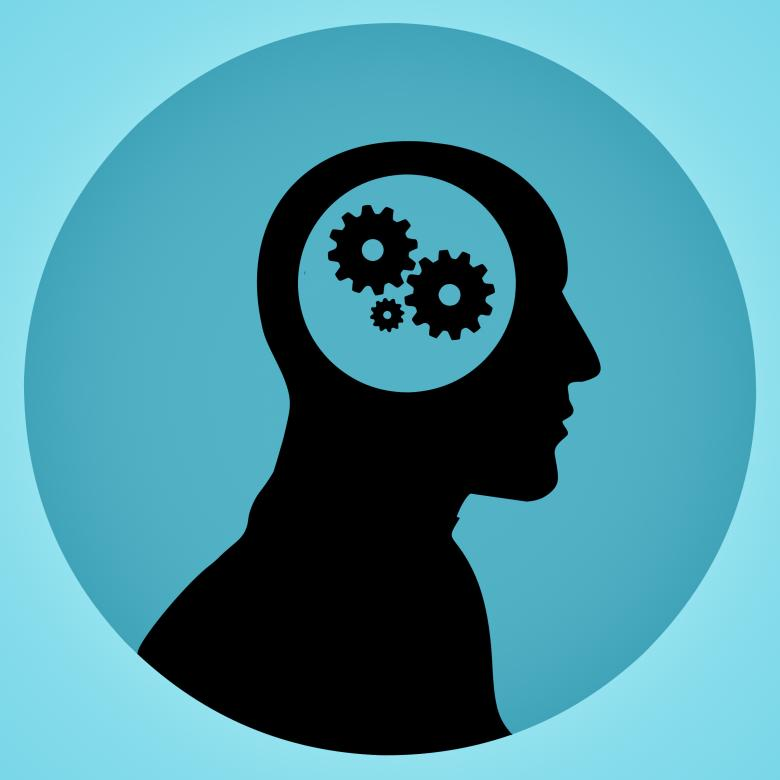Differentiating with Technology: part III
This is the last post in our 3 post series on using technology for differentiation. See the previous two posts here:
For an example of a task neutral rubric, see the high school social studies rubric developed by Pinella County Schools below.


The last category that is typically explored with technology is differentiating the product. This is the method that teachers use to be able to determine “did the students get it?” Wiggins and McTighe (2005) remind us that it is not that students can acquire knowledge alone - the true measure of learning is about what students can do with their knowledge. This is where product and differentiation really shine.
Differentiation can easily be done by allowing students to choose a method to demonstrate their knowledge. This differentiation based on student interest is made effective and efficient with the use of technology. Does it matter to the teacher if the student chooses to use Google Slides or a WeVideo? Can the same understanding be demonstrated regardless of the tool? Might some students be more engaged with one tool or another, leading to a deeper explanation of learning? While a video may capitalize on the student’s ability to verbalize their understanding, a Google Slide presentation may rely more heavily on the written word. For some students, speaking may be a barrier while for others, writing may be the burden. Allowing students choice in how they express their knowledge facilitates a strengths-based approach to uncovering the content the students know. After all, our job is to catch students in the act of learning rather than catch them in the act of not-learning.
A common pitfall in using technology to demonstrate student knowledge is the temptate to include aesthetic component of the product in the rubric. It is important to remember that though conversations about design and creativity can be discussed in an assessment, they typically should not be assessed (unless this is an arts class!). A task neutral rubric allows for a focus on student knowledge regardless of how she shows what she knows.
For an example of a task neutral rubric, see the high school social studies rubric developed by Pinella County Schools below.
Another popular differentiation strategy is the concept of a “choice board” where students can choose among options to demonstrate their learning. Note that in the example below students are asked to choose one option from each of the three rows so that a complete inventory of their understanding is assessed.
Using technology to allow for differentiation benefits teachers because workflow is easier - collecting various projects is not a burden. Students have a world of web 2.0 tools at their disposal to demonstrate their learning. Teachers should feel free to provide tutorial links to students to show how tech tools are used but should not shoulder the burden of teaching the technology tool. If kids can figure out tech at home (and they do!), they can do it at school as well.



Comments
Post a Comment